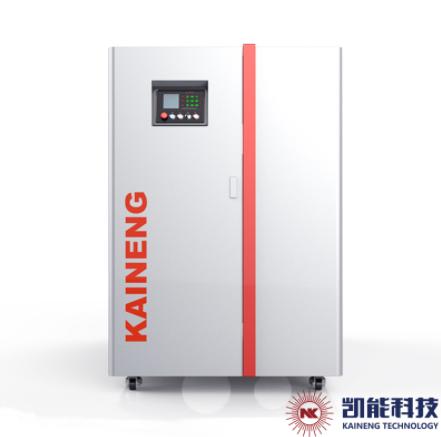How does an oil fired steam boiler work?
Oil-fired steam boilers play a crucial role in various industrial and residential applications, providing heat and generating steam for a wide range of processes. Understanding how these boilers work is essential for both operators and individuals interested in energy systems. In this article, we will delve into the inner workings of oil-fired steam boilers, exploring their components, operation, and efficiency.
The Basics of Oil Fired Steam Boilers
An oil-fired steam boiler is a type of heating system that uses oil as its primary fuel source to produce steam. Steam boilers are widely used in industries such as manufacturing, power generation, and heating, as well as in residential heating systems. The basic principle behind their operation is to convert the chemical energy stored in the oil into thermal energy, which is then used to produce steam.
Components of an Oil-Fired Steam Boiler
Burner: The burner is the heart of the oil-fired steam boiler. It is responsible for spraying a fine mist of oil into the combustion chamber, where it mixes with air and ignites. The burner's performance directly impacts the boiler's efficiency and emissions. Modern burners are designed to optimize combustion for better fuel efficiency and reduced environmental impact.
Combustion Chamber: The combustion chamber is where the fuel-air mixture ignites and burns. This chamber is typically lined with refractory material to withstand high temperatures. The heat generated during combustion is transferred to the water to produce steam.
Heat Exchanger: The heat exchanger is a critical component that transfers heat from the combustion gases to the water. It consists of a series of tubes or coils through which the hot gases pass. As the gases release their heat, the temperature of the water within the tubes rises, eventually turning it into steam.
Water Level Control System: Maintaining the correct water level in the boiler is crucial for safe and efficient operation. A water level control system uses sensors to monitor the water level and regulates the inflow of water to ensure it stays within the desired range.
Safety Devices: Steam boilers are equipped with various safety devices to prevent accidents. These include pressure relief valves, temperature controls, and low-water cutoff switches. These mechanisms ensure that the boiler operates safely under different conditions.
Steam Outlet: The steam produced in the boiler is collected in a steam drum and then routed to the desired application through a steam outlet. In industrial settings, this steam may be used for processes such as power generation, heating, or industrial manufacturing. In residential systems, it is typically used for heating purposes.
How Oil-Fired Steam Boilers Work
The operation of an oil-fired steam boiler involves several key steps:
Fuel Combustion: The process begins when the burner sprays a fine mist of oil into the combustion chamber. Simultaneously, air is introduced into the chamber to create the optimal air-fuel mixture. When ignited, the fuel-air mixture combusts, generating high-temperature gases.
Heat Transfer: The hot gases flow through the heat exchanger, transferring their heat to the water within the tubes or coils. As the water absorbs heat, it undergoes a phase change from liquid to steam.
Steam Production: As more heat is transferred to the water, it begins to boil and produce steam. The steam rises to the top of the steam drum, where it collects before being directed to its intended use.
Steam Distribution: The generated steam is then piped to its destination, whether it's for heating a building, powering machinery, or other applications. The distribution system may include pipes, valves, and controls to regulate steam flow and pressure.
Efficiency and Maintenance
Efficiency is a critical consideration in the operation of oil-fired steam boilers. Regular maintenance is essential to ensure optimal performance and longevity. Here are some key factors affecting efficiency and maintenance:
Cleanliness: Keeping the burner and combustion chamber clean is crucial to maintain efficient combustion. Regular cleaning prevents carbon buildup and ensures a clean, consistent flame.
Tuning: Burner tuning is the process of adjusting the air-fuel mixture to achieve complete combustion and minimize emissions. Proper tuning can significantly improve fuel efficiency.
Water Quality: The quality of the water used in the boiler is essential. Impurities in the water can lead to scale buildup and reduce heat transfer efficiency. Regular water treatment and maintenance are necessary to prevent this issue.
Insulation: Proper insulation of the boiler and pipes minimizes heat loss, improving overall efficiency. Adequate insulation also enhances safety by reducing the risk of burns.
Safety Checks: Routine safety checks are essential to ensure all safety devices are functioning correctly. Pressure relief valves, temperature controls, and low-water cutoff switches should be tested regularly.
Conclusion
Oil-fired steam boilers are vital for a wide range of industrial and residential applications, providing efficient heat and steam generation. Understanding how these boilers work, from their essential components to their operation and maintenance, is essential for optimizing their performance and ensuring safe operation. With proper care and attention, oil-fired steam boilers can provide reliable and efficient heating and steam generation for many years to come.


Comments
0